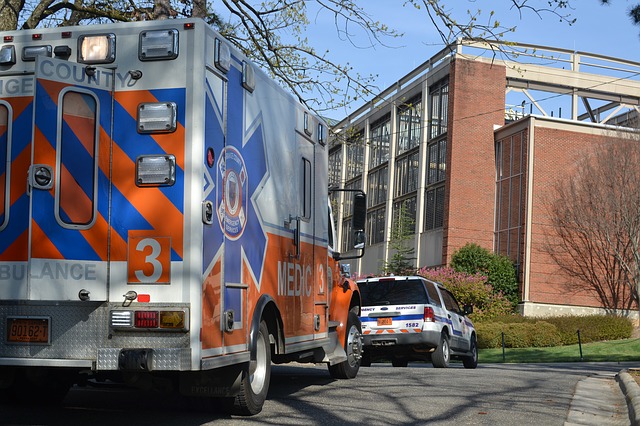October 2008 - Hypoglycemia, a low blood sugar condition common in people with diabetes, occurs when doses of insulin or oral medications are not balanced properly by food ingestion. Sometimes known as "insulin reaction," hypoglycemia can occur in both type 1 and type 2 diabetics, including those who are not insulin-dependent.
A study sponsored by Toronto, Ontario-based Generex Biotechnology suggests that a novel glucose-delivering device, Glucose RapidSpray, provides a higher degree of glycemic control in children with type 1 diabetes, as well as greater compliance.
On the surface, hypoglycemia is "easy" to treat since patients need only consume an appropriate dose of glucose to counteract their low blood sugar. In practice, however, the condition is difficult to treat, particularly in children younger than five years of age, because of difficulties in administering the correct glucose dose as well as patient compliance. Some children with hypoglycemia have difficulty swallowing, which makes administration of oral glucose agents problematic. Another factor is the child's body weight, typically quite low, which requires small, precise glucose dosages. Also of concern is the potential for hyperglycemic (high blood sugar) rebound, caused by too-high dosing and a counter-regulatory hormone response.
Researchers at Morozovskaya Children City Clinical Hospital in Moscow, Russia and the University Campus Bio-Medico, Rome, Italy presented data at the 44th annual meeting of the European Association for the Study of Diabetes (EASD) in Rome on September 8th. The abstract, entitled, "Glucose RapidSpray for a New Management of Hypoglycemia in Children up to 5 Years of Age with Type 1 Diabetes," demonstrated how this new approach to hypoglycemia treatment that could change the way this disorder is managed in millions of pediatric diabetes patients worldwide.
The EASD Annual Meeting, which brings together more than 12,000 delegates in the healthcare industry, is a premier platform for professional exchange in the field of diabetes. The EASD brings together scientists, physicians, laboratory workers, nurses and students from all over the world who are interested in diabetes and related subjects.
Continue Reading Below ↓↓↓
The study involves administration of precise doses of glucose through the Glucose RapidSpray (GRS) device, developed by Generex Biotechnology, during the first signs of hypoglycemia in children with type 1 diabetes. The goal of the study was to improved metabolic control as measured by hemoglobin (HbA1c) over a six-month follow up period. HbA1c, also known as glycated hemoglobin, is a measure of blood sugar control over a long period of time, typically the past two to three months.
The Glucose RapidSpray configuration during the study consisted of a 10-milliliter bottle containing ten grams of glucose solution plus artificial flavors and an excipient to facilitate buccal absorption of glucose. The device works by delivering a fine spray containing glucose in quantities as small as half a gram.
The study randomized twenty-seven children with type 1 diabetes into two groups. One group received Glucose RapidSpray on an as-needed basis depending on hypoglycemic symptoms. The control group treated hypoglycemia using traditional methods that include sugar pills, fruit juice, and candies.
Investigators noted HbA1c, number and types of hypoglycemic episodes, compliance, and quality of life in the test subjects at the beginning of the study, at three months, and at the end of the study (six months).
The groups were similar in characteristics at the beginning of the study. At three months both groups showed a significant improvement in HbA1c, but improvement was similar between groups.
However, at six months there was a statistically significant difference in the improvement of the HbA1c in the Glucose RapidSpray-treated group compared with the control group (0.98% vs. 0.60% difference, respectively, p<0.02). Those receiving treatment through Glucose RapidSpray also had a tendency towards for fewer hypoglycemic episodes during the day (p=0.09). Children appeared to comply with GRS treatment more readily, and parents felt more comfortable managing hypoglycemic episodes using the device compared with conventional sources of glucose.
Professor Paolo Pozzilli of the University Campus Bio-Medico in Rome added, "It is a very interesting result which offers a new opportunity for managing early signs of hypoglycaemia to parents of young children with type 1 diabetes. It also underlines how joint projects between two Universities can work well together."
"The benefits of Glucose RapidSpray are striking given the difficulty of managing hypoglycemic episodes in very young children," noted Anna E. Gluskin, CEO of Generex Biotechnology. "We expect this study will lead to greater awareness of this simple, effective, inexpensive device for fine-tuning blood sugar levels in insulin-dependent diabetics."
Source: Generex Biotechnology









